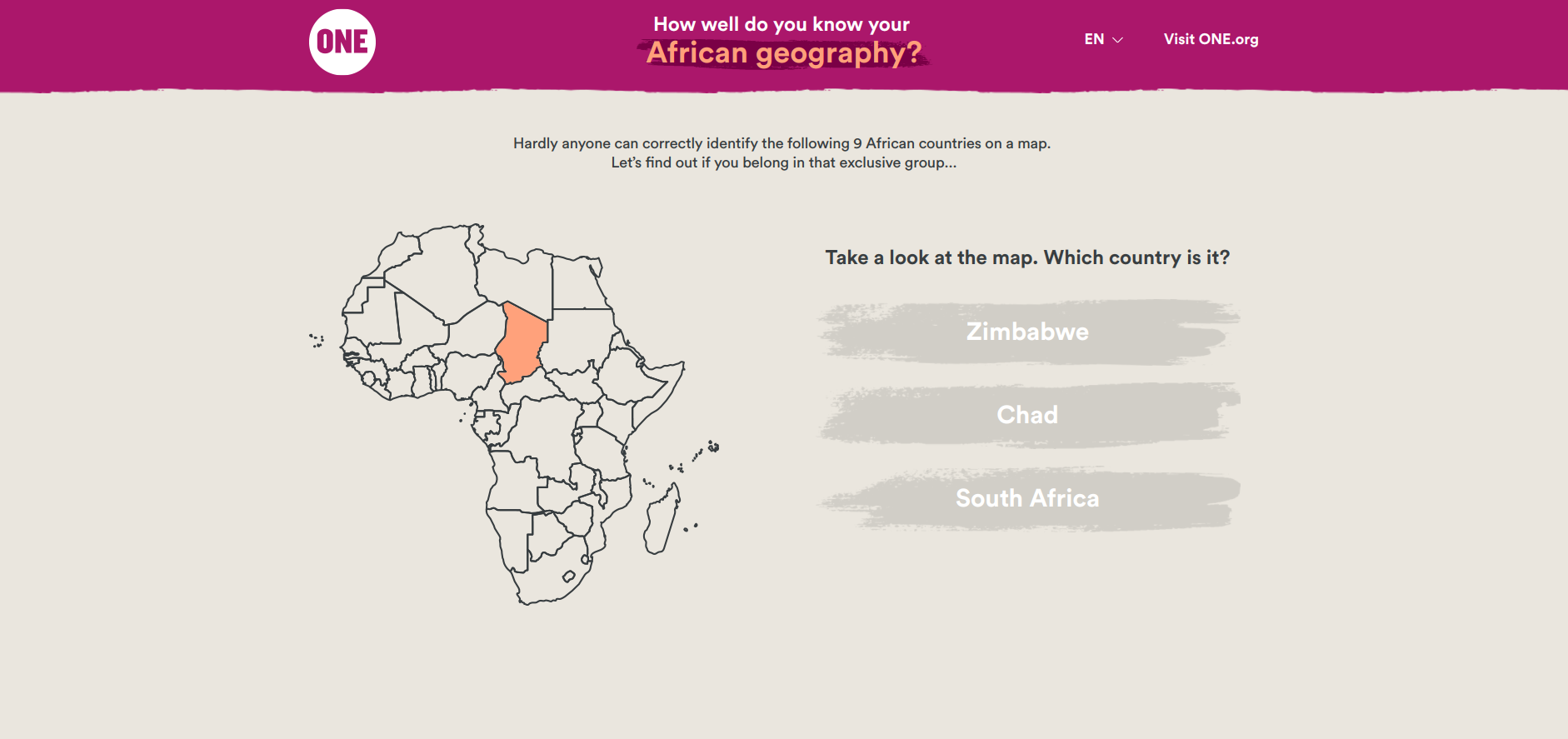The challenge:
The Greater London Authority (GLA) is using data and digital innovation to make London an even better city. To develop its new Smart London Plan, the GLA wanted to hear from people across London about their views on how their data should be used. So, the team at City Hall came to us looking for a creative way to reach out to as many Londoners as possible online, and encourage them to take a survey about data.
Coming up with a concept
Data can be a big topic that’s hard to grapple with. So, to grab the interest of busy Londoners, we needed to find a way to use data that would give people an individual story or perspective about their life in the city.
We’ve seen this kind of approach work well in the past with sites like the SumOfUs weather tool or the Labour Party’s NHS baby number tool. With the GLA, we had a wealth of data to draw on, but the challenge was working out what would pique people’s interest.
Through our early conversations with the GLA team, it became clear that transport was a strong topic. It is relevant to almost every Londoner – and even better, it’s an area where there’s lots of public data to work with about how, when, and where people travel around the city.
So, we studied the transport data and settled on a simple question that would generate a personalised – and hopefully surprising – answer: How many Londoners do your Tube journey every day? Once we had the concept, we worked with TFL and the Greater London Authority to get the data, and build a microsite.
Attracting 85,000 visitors
The Tube journeys microsite had 85,000 visitors over a few weeks. It was primarily promoted through paid social media advertising and email: 8,800 visitors came to the site from social media advertising and around 9,000 visitors came to it from email.
The other 67,000 visitors came from seeing their friends share the page on social media, a very high proportion.
The visitors to the page also engaged with it and many took action: 81% entered their start and end stations and 9% – 7,400 people – signed up to receive an email about the data survey. Hundreds of those then went on to complete the survey. Completing a long survey on data is a high bar ask, so this was a solid result.
The site also sparked media interest, gaining coverage from the Evening Standard and Timeout.
You can read the GLA’s own write up of the listening exercise here.
Learning a few lessons
Developing and building the Tube journeys microsite was not just really good fun, it also taught us a few things along the way…
Personalisation isn’t always the answer
While personalised elements in a Facebook post often increase people’s likelihood of sharing, with the GLA tool we found that the opposite was true. When we tested a Facebook share image that showed the user’s route against a share image that didn’t, the image without the route was more likely to be shared. Our hunch is that this may be because the result was so personal – read the full test write-up to see what you think.
Having inclusive data is important
We weren’t able to find enough data that was in a consistent format, so we couldn’t include the DLR, the Tram, the Elizabeth Line or the Overground as part of the microsite. If we had been, the site would have had broader relevance, making it more sharable and likely to reach a wider audience.
Showing data to the client is important
To keep GLA in the loop about how the site was performing, we built a client dashboard using Google Data Studio. Through this, the team at GLA were able to track how the page was doing and independently identify any issues or opportunities to optimise the journey.


